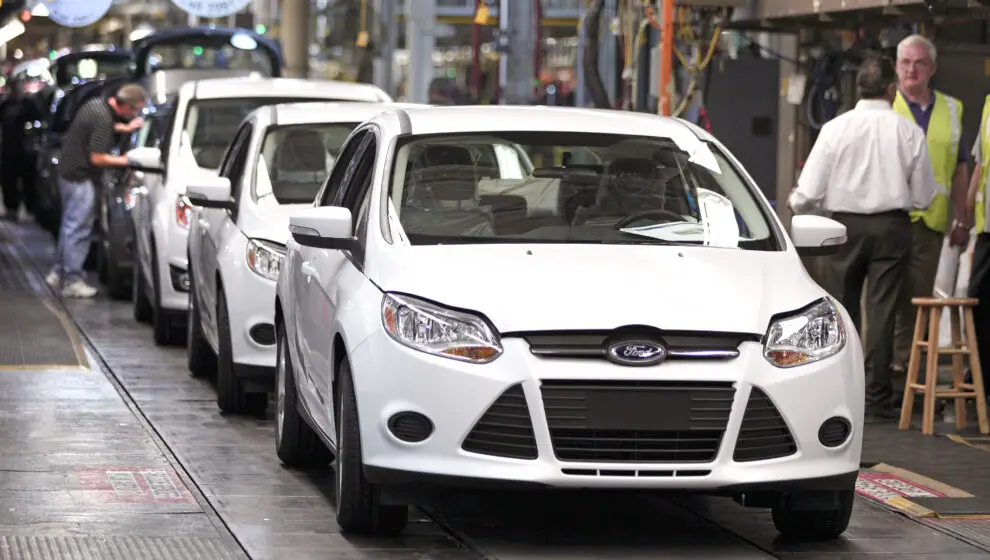Automakers overestimated consumer demand for electric vehicles due to high prices and limited availability. As a result, buyers are opting for cheaper hybrid options.
Key Details
- Gas-powered vehicle sales peaked in 2017 with 86 million units sold in the U.S. In 2022, sales were down nearly 20% as EVs claimed 7.8% market share.
- EV sales growth has stagnated, with consumers citing high sticker prices and lack of charging infrastructure as barriers. J.D. Power reports only 9% of buyers are choosing EVs.
- With tax credits phasing out on some models, EV prices are accelerating. The average cost of an EV is nearly $66,000 compared to $48,000 for gas-powered cars in 2022.
- Hybrid sales are surging as a more affordable option, expected to spike 20% this year. Brands like Toyota and Ford reported 40%+ jumps in hybrid purchases last quarter.
Why It’s News
The auto industry is discovering that consumer interest in electric vehicles may not be as deep as expected, resulting in slower EV adoption rates than originally anticipated. This has led many major automakers to re-evaluate their ambitious electrification targets.
However, demand has stagnated in the last two years. High prices and lack of public charging access have limited the pool of buyers willing to adopt EVs to around 9% of consumers, according to J.D. Power data.
This slower-than-expected growth has caused companies like Ford and Toyota to scale back EV production targets and focus more on hybrids. These gas-electric hybrids are surging in popularity, expected to jump 20% this year.
Hybrids offer a more affordable middle ground, helping automakers meet tightening emissions regulations while transitioning to fully electric lineups over the next decade.
The limited interest in pricier EVs presents a challenge for automakers who have invested billions in electrification based on optimistic projections. While hybrids offer a temporary solution, most analysts expect EVs will eventually dominate as battery costs fall and charging infrastructure expands.
